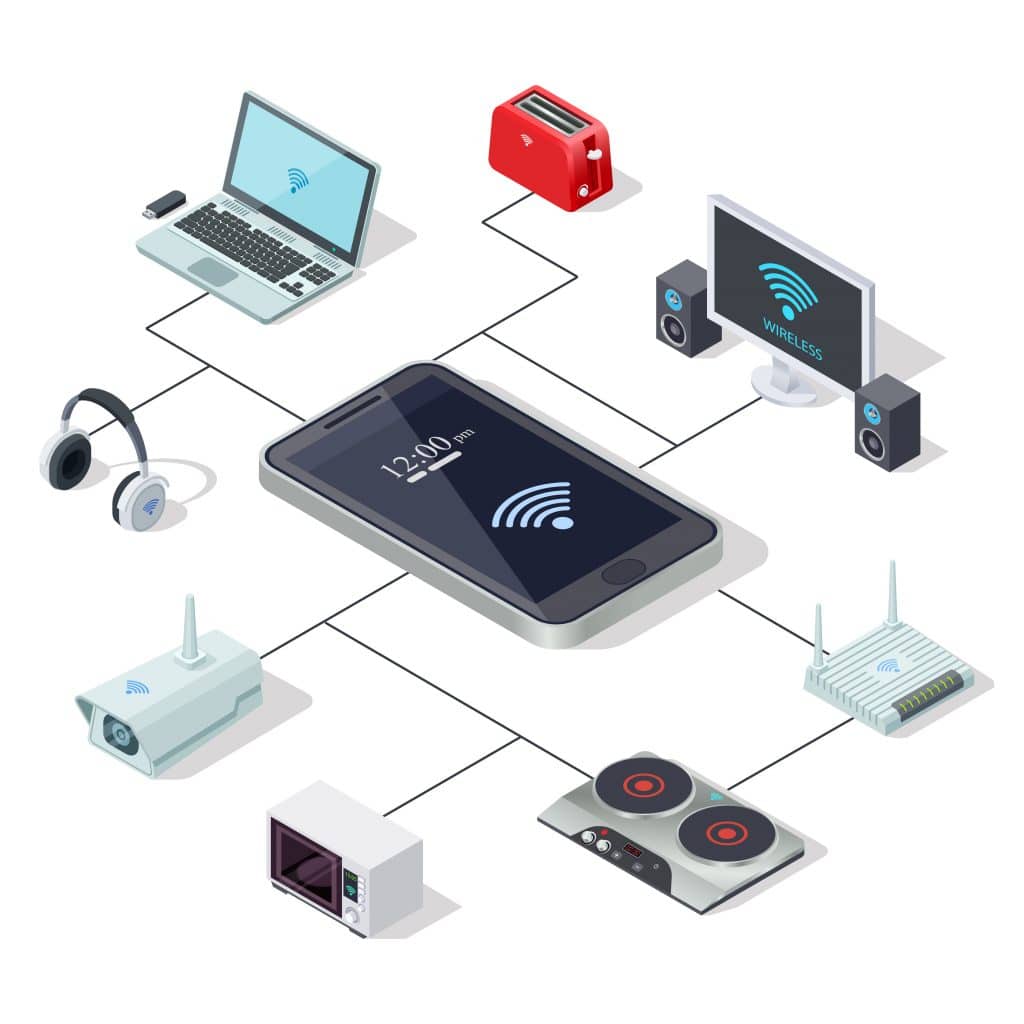What Makes Wi-Fi 7 the Most Powerful Wireless Standard Yet?

Reliable, high-speed connectivity isn’t a luxury—it’s a necessity. As businesses rely more on cloud services, video calls, smart devices, and other data-hungry applications, outdated networks can slow you down. That’s where Wi-Fi 7 steps in, delivering ultra-fast speeds, reduced latency, and improved efficiency to keep your operations agile, secure, and future-ready.
The Evolution of Wi-Fi: From Basic Access to Business Backbone
Wi-Fi has come a long way since its first release in 1997. Originally seen as a convenience for homes and offices, wireless networking has grown into a critical infrastructure for business operations worldwide.
A Brief History of Wi-Fi Standards
- Wi-Fi 1 (802.11b): Launched in 1999 with speeds up to 11 Mbps.
- Wi-Fi 2 & 3 (802.11a/g): Offered faster speeds and dual-band capabilities.
- Wi-Fi 4 (802.11n, 2009): Introduced MIMO (Multiple Input Multiple Output) and higher bandwidth.
- Wi-Fi 5 (802.11ac, 2014): Brought wider channels and better support for HD streaming.
- Wi-Fi 6 & 6E (802.11ax, 2019-2021): Added OFDMA, better efficiency in high-density environments, and access to the 6 GHz band (6E).
Now, Wi-Fi 7 (802.11be) represents a leap toward ultra-reliable, high-capacity wireless designed for a hyper-connected world.
What Makes Wi-Fi 7 Different?
Wi-Fi 7 offers massive improvements over its predecessors, especially in high-demand environments like smart offices, data-driven industries, and modern homes.
Key Wi-Fi 7 Features:
- Speed: Theoretical throughput up to 46 Gbps (compared to Wi-Fi 6’s 9.6 Gbps).
- Wider Channels: Support for 320 MHz channels in the 6 GHz band.
- 4K QAM (Quadrature Amplitude Modulation): Transmits more data in each signal, improving performance by 20-25%.
- Multi-Link Operation (MLO): Devices can simultaneously connect to multiple frequency bands (2.4GHz, 5GHz, 6GHz), increasing stability and responsiveness.
- Improved Efficiency: Enhanced scheduling, better interference management, and energy savings.
These features combine to deliver faster, smarter, and more resilient wireless networks.
Benefits of Wi-Fi 7 for Businesses
Whether you’re running a small firm or managing a large-scale enterprise, Wi-Fi 7 offers game-changing benefits:
- Seamless Cloud Access: Handle large file uploads, remote backups, and real-time collaboration without lag.
- Smarter Meetings: Enjoy glitch-free video calls and conference streaming.
- Support for IoT and Automation: Connect a wide array of smart devices without losing performance.
- Future-Ready Infrastructure: Deploy emerging technologies like AR, VR, AI, and remote rendering.
- Greater Reliability in Busy Environments: Perfect for open-plan offices, schools, healthcare settings, and retail floors.
Wi-Fi 7 isn’t just about speed, it’s about enabling the next wave of business innovation.
Considerations Before Upgrading to Wi-Fi 7
Before making the switch, here are a few important points to evaluate:
- Device Compatibility: Wi-Fi 7 requires both a certified Wireless Access Point and client devices that support the 802.11be standard. Early adopters include flagship smartphones, laptops, and access points released in 2024 and beyond.
- Internet Bandwidth: If your business internet plan maxes out at 200 Mbps, you won’t see the full benefits. Wi-Fi 7 is best paired with gigabit-class broadband.
- Network Infrastructure: You may need to upgrade switches, cabling, and network cabinets to handle higher throughput. Most WIFI 7 Wireless Access Points have a 2.5Gbit wired uplink.
- Security Standards: Ensure your upgrade includes WPA3 support and built-in protections for enterprise networks.
- Budget vs. ROI: Although Wi-Fi 7 hardware is more expensive today, it delivers long-term cost efficiency by reducing downtime, enhancing performance, and improving scalability.
Powered by Emerging Technologies
Wi-Fi 7 is uniquely equipped to support a new era of innovation:
- AI-driven workloads
- Augmented and Virtual Reality (AR/VR)
- Internet of Things (IoT) integration
- Cloud-based CAD, rendering, and simulations
- High-bandwidth live streaming and remote collaboration
If your industry is evolving rapidly—manufacturing, healthcare, education, media, or finance, Wi-Fi 7 gives you the bandwidth, speed, and intelligence to keep up.
Future-Proofing Starts Now
Wi-Fi 7 is more than an upgrade—it’s a foundation for what’s next. Whether you’re looking to scale operations, introduce automation, or empower a mobile workforce, this new wireless standard gives you the performance and reliability to stay ahead.
Quick Wi-Fi 7 Upgrade Checklist:
- Evaluate your current network infrastructure and performance.
- Identify any bottlenecks, outdated access points, or limited cabling.
- Upgrade to Wi-Fi 7-certified routers and enterprise-grade access points.
- Confirm compatibility of client devices (laptops, smartphones, etc.).
- Update switches and cabling to support higher speeds.
- Configure for WPA3 security and Multi-Link Operation (MLO).
Wi-Fi 7 is more than just an upgrade—it’s the foundation for what’s next in business connectivity. Whether you’re scaling operations, adopting automation, or empowering a mobile workforce, Twisted Pair Technologies is here to guide you every step of the way.
We specialize in building future-ready wireless networks, offering everything from infrastructure audits and site surveys to full-scale Wi-Fi 7 installations and ongoing support.
Ready to modernize your network? Let’s talk about transforming your connectivity and positioning your business for long-term success. Get in touch today.

